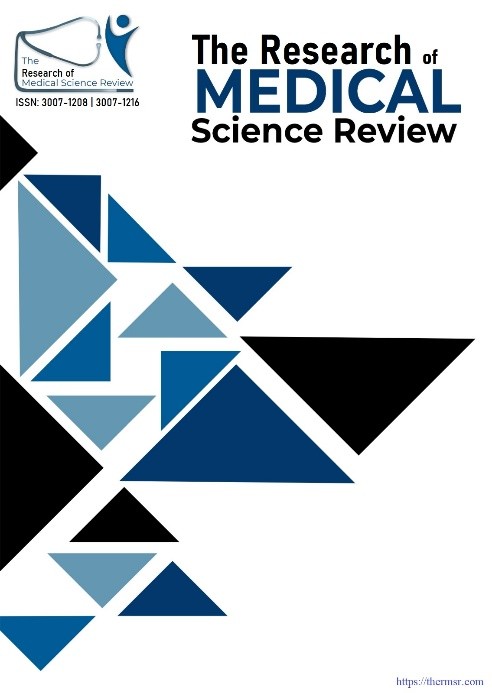CONCEPT ANALYSIS PAPER: CLINICAL HANDOFF
Main Article Content
Abstract
Background: Effective communication during clinical handover is a critical component of patient safety and quality care delivery in nursing practice. As healthcare environments become increasingly complex, failures in communication—especially during shift changes or patient transfers—have been directly linked to adverse events and compromised patient outcomes. Despite its importance, the concept of clinical handover remains inconsistently defined and implemented across healthcare settings.
Aims: This study aims to analyze and clarify the concept of clinical handover within the context of nursing. Using Walker and Avant’s concept analysis method, the goal is to identify the defining attributes, antecedents, consequences, and empirical referents of clinical handover, and to explore its theoretical relevance and implications for nursing education, practice, and patient safety.
Methodology: The concept analysis was conducted using Walker and Avant’s (1986) eight-step framework. This structured approach involved defining the concept, identifying its uses in literature and clinical practice, analyzing key attributes, and exploring antecedents, consequences, and observable indicators. The analysis incorporated a review of current evidence and theoretical models, including systems theory and human factors theory.
Findings: Clinical handover is defined as a standardized, real-time communication process in which responsibility and accountability for patient care are transferred between healthcare providers. Antecedents include scheduled shift changes, patient admissions, discharges, and interdepartmental transfers. Consequences of effective handover include improved coordination of care, reduced clinical errors, and a stronger culture of safety. Poor handovers may lead to communication breakdowns, incomplete information transfer, and increased patient risk. Empirical referents include standardized documentation tools, checklists, electronic handover systems, and observed bedside handover practices.
Conclusions: Clinical handover is a core nursing competency that supports safe, continuous, and high-quality patient care. This concept analysis provides greater conceptual clarity, offering guidance for nursing education, policy development, and practice improvement. Standardization of handover processes, supported by theoretical frameworks such as systems theory, is essential to reducing variability and enhancing communication among healthcare teams. As such, clinical handover should remain a priority area for research, training, and organizational development in modern healthcare settings
Downloads
Article Details
Section

This work is licensed under a Creative Commons Attribution-NonCommercial-NoDerivatives 4.0 International License.
